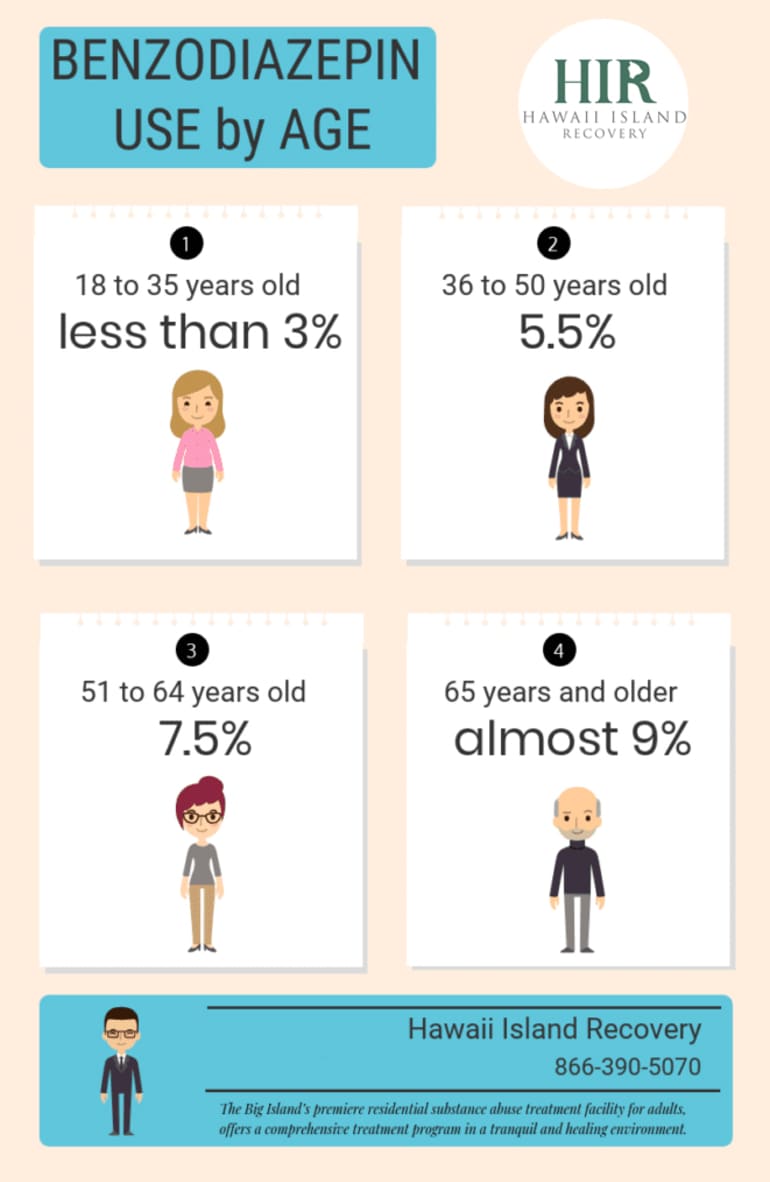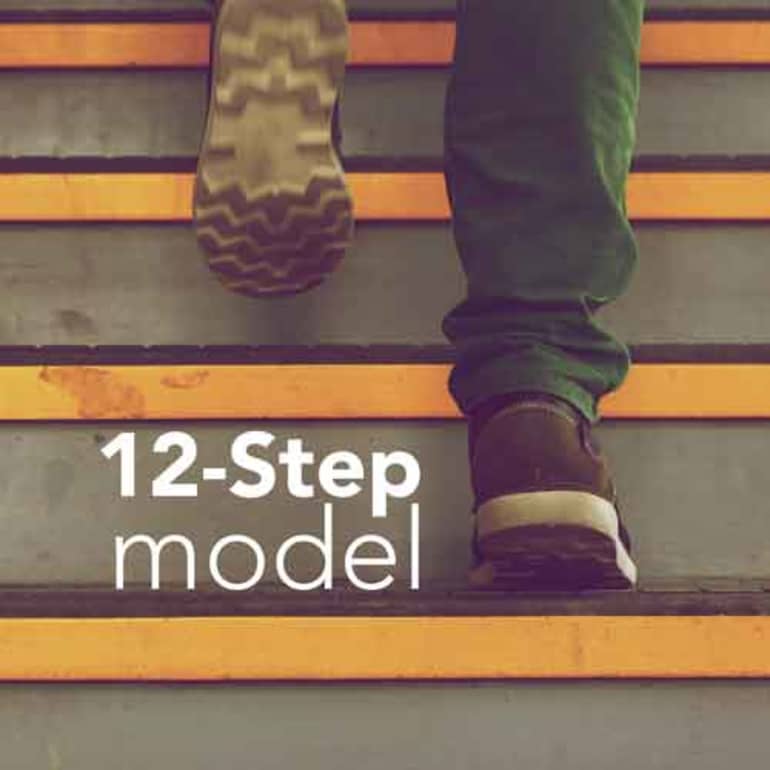86.4 percent of people ages 18 and older in the United States have drank alcohol at some point in their life. 70.1 percent have had a drink in the last year. 56 percent of people drank alcohol in the last month alone. More than half of the adults in the United States drink regularly. But most of those adults drink responsibly.
Still, 6.2 percent of these adults, or about 16 million people, drink to the point of qualifying for an Alcohol Use Disorder (AUD) diagnosis. AUD is the Diagnostic and Statistical Manual of Mental Disorders’ official medical term in for what most people refer to as alcoholism. Most people who drink at this caliber, people with an alcohol addiction, drink anything but responsibly.
If you or someone you know is in this category, you might feel like it’s impossible to get sober in a society where drinking is almost expected. You can’t get away from it, whether you’re out at dinner with friends, at a company gathering, or even a baby shower. Alcohol holds a firm place in today’s world.
There are many ways to quit drinking and get sober, though, and no one needs to do it alone. Continue reading to learn more about the different treatment methods for alcohol addiction.
Types of Treatment for Alcohol Addiction
Treating alcohol addiction is not a one-size-fits-all method. Various methods of helping people recover from alcoholism continue emerging as rates of alcohol abuse and dependence rise. From cognitive-behavioral therapy to inpatient rehabilitation, there are options for everyone who wants to quit drinking.
What works for one person may not work for another. Thankfully there isn’t only one way to get sober. A variety of options and avenues exist to help pull people from the depths of alcohol addiction. Getting back to a normal life, or learning to create one, is completely possible.

Alcohol Addiction Treatment Facilities
Alcohol addiction treatment facilities are one of the most common options alcoholics use to first get sober. There are a few different levels of care depending on the severity of the person’s alcohol use.
Detox
If you drink heavily for months or years at a time, your body adapts to the regular alcohol use. The brain rewires and develops a physical and psychological dependence on alcohol, or an alcohol addiction. As a result, you will experience both physical and psychological reactions, when you suddenly quit drinking, called withdrawal symptoms. Detox programs often use medication to safely relieve some of the more uncomfortable symptoms of withdrawal.
Inpatient Alcohol Rehab
Inpatient rehab is a residential option for those who benefit from a physical separation from their everyday environment. Inpatient programs usually run on a 30-, 60-, or 90-day basis depending on your addiction and what you can afford. These treatment programs use a combination of therapy and outside activities to teach you more about your alcohol addiction and how to live free from your compulsive drinking habit.

Intensive Outpatient Program
Intensive outpatient programs (IOP) give people with full-time commitments a way to attend treatment. They also serve as a beneficial follow-up to inpatient alcohol rehab. Facilities usually run IOP groups for a few hours per day on 3 to 5 days of the week. Both day and evening options exist depending on the facility you select. If you have a full-time job or attend school, you can attend treatment in the evenings after your daytime commitments.
Drug and Alcohol Addiction Counseling
People see better results with this option after first attending a more intensive program. It offers accountability and continued support during your early sobriety when slips are most common. Drug and alcohol addiction counseling serves as a way to check in with a certified counselor once or twice per week. They help you stay on track with your sobriety and your overall goals for your life after you quit drinking.
12-Step and Other Programs
If alcohol addiction treatment is not an option for you, multiple resources exist outside of the medical realm. 12-step programs like Alcoholics Anonymous help millions of alcoholics recover from their alcoholism and life happy, useful lives.

12-Step Programs
Bill Wilson and Dr. Bob first created the program of Alcoholics Anonymous in 1935. Along with others in the newly-created fellowship, they published book Alcoholics Anonymous in 1939. The “Big Book” outlines the 12 steps that bring about recovery from alcoholism through working with others. It is a free resource available worldwide to anyone looking to quit drinking.
Alcoholics Anonymous also spawned a few offshoot 12-step programs, such as Narcotics Anonymous, Cocaine Anonymous, Marijuana Anonymous, and more. Although they aren’t focused specifically on alcohol addiction, they draw on the 12 steps to recovery initially set up in Alcoholics Anonymous.
Other Recovery Programs
There are a few different recovery programs for people trying to quit drinking and stay stopped. If you don’t like what Alcoholics Anonymous has to offer, check out one of these options:
- SMART Recovery
- Refuge Recovery
- LifeRing
- SOS (Secular Organizations for Sobriety)
Quitting Alcohol Addiction for Good
It doesn’t matter which option you choose as long as you make the decision to stick with it. When 12-step programs work for you, commit to them with everything you have. If you need the intensive care of an alcohol treatment program, options like Hawaii Island Recovery are here. Select a facility that understands where you’re coming from and cares about your recovery.
Give Us a Call Today!
Don’t wait another day to change your life- today can be the day!
866-390-5070 Hawaii Island Recovery
Hawaii Island Recovery 









